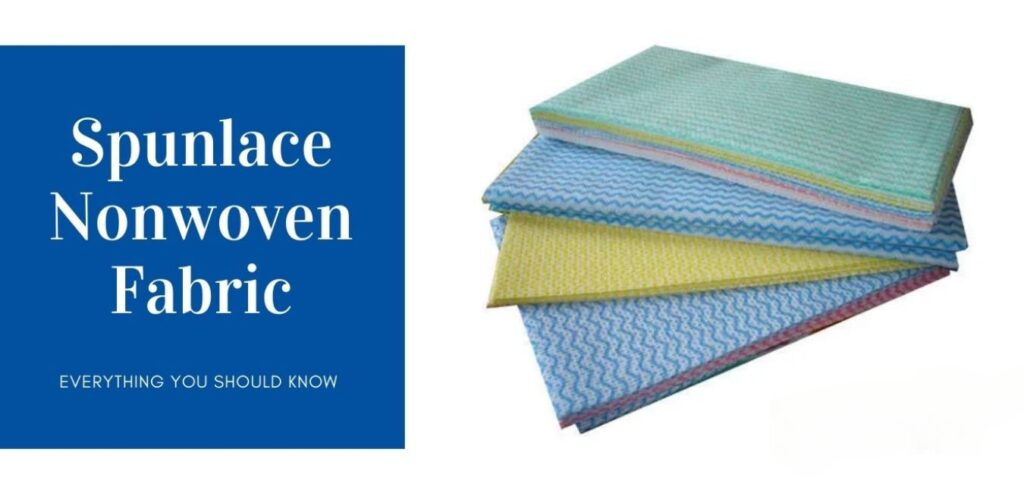Currently, the nonwoven fabric is getting popular day by day. It is widely used in various medical and textile industries and is made of nonwoven liquid repellent, bacteria-proof and bactericidal. Meditech products are manufactures using three leading technologies. In today’s article, we will briefly discuss Spunlace nonwoven manufacturing process.

How Spunlace Nonwoven Fabric produced?
Spunlacing was first proposed in the 1950s, utilizing water jets to entangle fibers and produce nonwoven textiles. Spunlace fabrics are not made of yarns, but they are manufactured straight from fibers or fibers prepared for web formation by web forming machines and then attached to textile sheets by various procedures.

Spunlacing is a method of forming a web of loose fibers on a porous belt or movable perforated or textured screen into a sheet structure by exposing the fibers to several rows of high water jets. The following are the stages involved in producing Spunlace nonwoven fabric:
Stages of Spunlace Nonwoven Manufacturing Process:
- Precursor web formation
- Web entanglement
- Dewatering
- Web drying
1. Precursor web formation
Air-laid or wet-laid processes and carding are used to create the precursor web (roller-clear card).
2. Web entanglement
The web formed from the first step is first compacted and pre-meshed to eliminate air pockets and then water-needled through continuous water jets. The water pressure applied to the web usually increases in the first to last water injectors.
The water jets are directed onto the web at a pressure of 2200 psi. Although more significant forces utilize in specific applications, this pressure is sufficient for most nonwoven fibers. The injector holes size is 100 to 120 mm. And they will place in rows with 3-5 mm spacing. The entanglement of fibers is caused by the water jets infringing on the web.
The majority of the kinetic energy is expended by the jets arranging fibers inside the web and then bounding against the substrate, dispersing energy to the threads. A vacuum inside the roll eliminates spent water from the product, minimizing flooding and lowering the efficacy of the jets in moving the threads and causing entanglement.
Hydroentanglement is usually applied in a step-by-step approach on both sides. The initial entanglement roll operates on the first side of the web several times to impart the appropriate level of bonding and toughness to the web.
The web then goes through a second entangled roll in the opposite direction, treating and consolidating the fabric on the other side. The hydro-entangled cloth is subsequently put through a dewatering mechanism, which removes the surplus water and dries the material.

In typical circumstances, hydro-entanglement requires 800 lbs. of water per lb. of product. As a result, a new filtering system capable of successfully supplying clean water at this high throughput requires. Otherwise, water jet holes may become blocked. There are three steps to this system:
Steps of Web entanglement system
a. Chemical mixing and flocculation
b. Dissolved air flotation
c. Sand filtration.
3. Dewatering
The Spunlace fabric is then placed through a dewatering device to remove the remaining excess water.
4. Web drying
The Spunlace process comes to a close with web drying. Spunlace fabric is damp after the dewatering process; therefore, it is dried with hot air before being wound on spools.
Because most of the production process specifics are deemed private, there has been a lot of conjecture about how spun-laced textiles are made.
